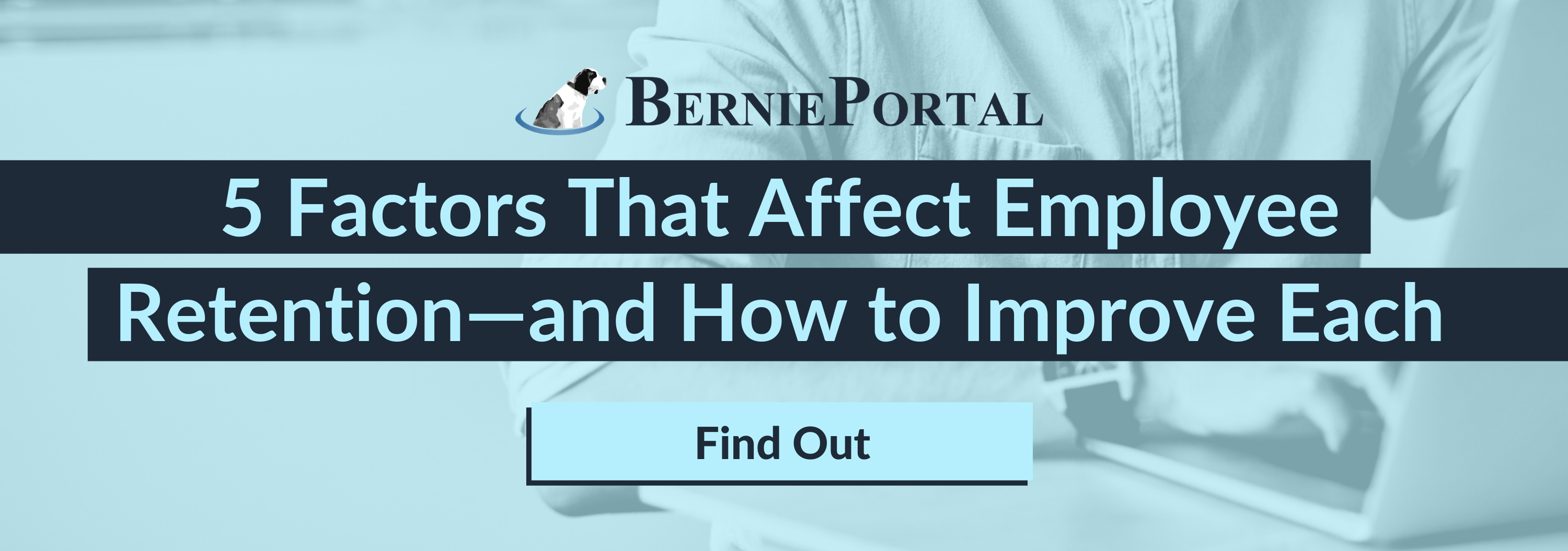
Written by
Rebecca Ford
Rebecca is a writer on the Bernard Health marketing team. She writes about HR, healthcare, and benefits.
LinkedIn Finds Hybrid Work Preference Trending Upward

The COVID-19 pandemic forced businesses into survival mode as they quickly pivoted from brick-and-mortar operations to makeshift home offices. Simultaneously it launched the work-from-home revolution that has caused a huge increase in remote work opportunities for those who prefer to work off-site.
But according to LinkedIn, the number of remote workers since 2020 has actually decreased despite the media attention it has been receiving in its favor. In their place, hybrid work models appear to be rising in popularity. Read on to learn more.
What Is a Hybrid Work Model?
There is no one-size-fits-all when it comes to work models. Each company should keep its organizational needs in mind when considering hybrid options. For some companies, hybrid work could mean coming into the office three days a week. For others, it could mean once a month, and for still others, perhaps employees only need to show up for meetings.
But the main idea that sets this model apart from remote and on-site work arrangements is that employees have some flexibility to split their time between the office and another location, be it their home, a coffee shop, a library, or a coworking space. And with some hybrid models, employees can choose the hours they work, allowing them to design their schedules around other parts of their lives.
What Do the Numbers Say?
LinkedIn, the world's largest professional network with more than 830 million members worldwide, began surveying more than 250,000 members on a bimonthly basis to learn how and where people were working. Since they started collecting data in September 2020—when remote work was at its highest point—the percentage of employees who work from home decreased substantially. As of August 26th, LinkedIn reported that 29% of those surveyed worked remotely while 56% returned to working on-site.
Some of this change may be in response to pressure from several major organizations—such as JP Morgan and Apple, for example—to return employees to the office, citing increased productivity, improved company culture, and better collaboration when employees interact with one another face to face.
Interestingly, with regard to hybrid work arrangements, LinkedIn found that only 17% of workers currently divide their time between home and office, but hybrid work arrangements have steadily increased since the beginning of their survey—and hybridity continues trending upward as organizations seek a happy medium between remote and on-site policies.
Why Is Hybrid Gaining Popularity?
Simply put, a hybrid model offers employees work flexibility that combines some of the benefits of the on-site and fully remote options. In Envoy’s recent survey, 63% of respondents reported that they would feel more empowered having the flexibility that a hybrid work model would offer, allowing them to find more of a work-life balance.
For this reason, working parents—and in particular working mothers, who are more likely to be primary caregivers for children—tend to prefer hybrid work models, according to LinkedIn.
Another reason hybrid may be gaining traction is because employees who need the social aspect of office culture can still get it. Unlike remote employees, hybrid employees have the opportunity to have human interaction—to work with team members in person, which can build a sense of community that overall contributes to team and company culture.
Finally, currently 35% of the US workforce are Millennials and 11.6 are Gen Z. These groups tend to enter the workforce with the idea of changing it, according to The Deloitte Global 2022 Gen Z & Millennial Survey. According to their findings, three-quarters of these two groups reported that they would prefer to work remotely some of the time. Therefore, many organizations are offering flexible work environments to attract these younger workers.
The Bottom Line
Ultimately, whether or not a hybrid model is right for your company is a decision individual to each organization, but if you are considering hybrid work, LinkedIn’s data suggests that flexible work arrangements will continue to gain popularity in the coming years.
Additional Resources
You can stay informed, educated, and up-to-date with important HR topics using BerniePortal’s comprehensive resources:
- BerniePortal Blog—a one-stop-shop for HR industry news
- HR Glossary—featuring the most common HR terms, acronyms, and compliance
- HR Guides—essential pillars, covering an extensive list of comprehensive HR topics
- BernieU—free online HR courses, approved for SHRM and HRCI recertification credit
- HR Party of One—our popular YouTube series and podcast, covering emerging HR trends and enduring HR topics

Written by
Rebecca Ford
Rebecca is a writer on the Bernard Health marketing team. She writes about HR, healthcare, and benefits.
Related Posts
Thomas J. Peters, best known for his book In Search of Excellence, once stated, “The day...
The first impression an employer makes is just as important (if not more important) than...
Organizations usually take one of four major approaches when talking about pay.
SHRM states that for HR, overlooking social media today would be like “ignoring e-mail 20...







Submit a Comment